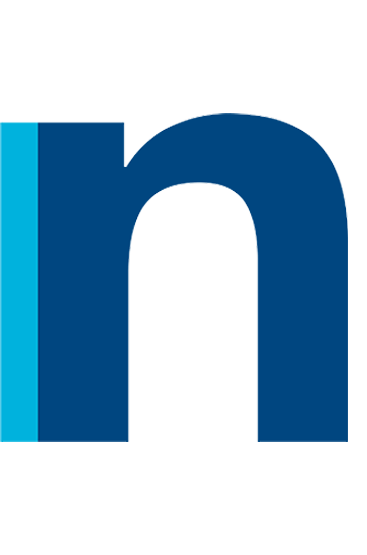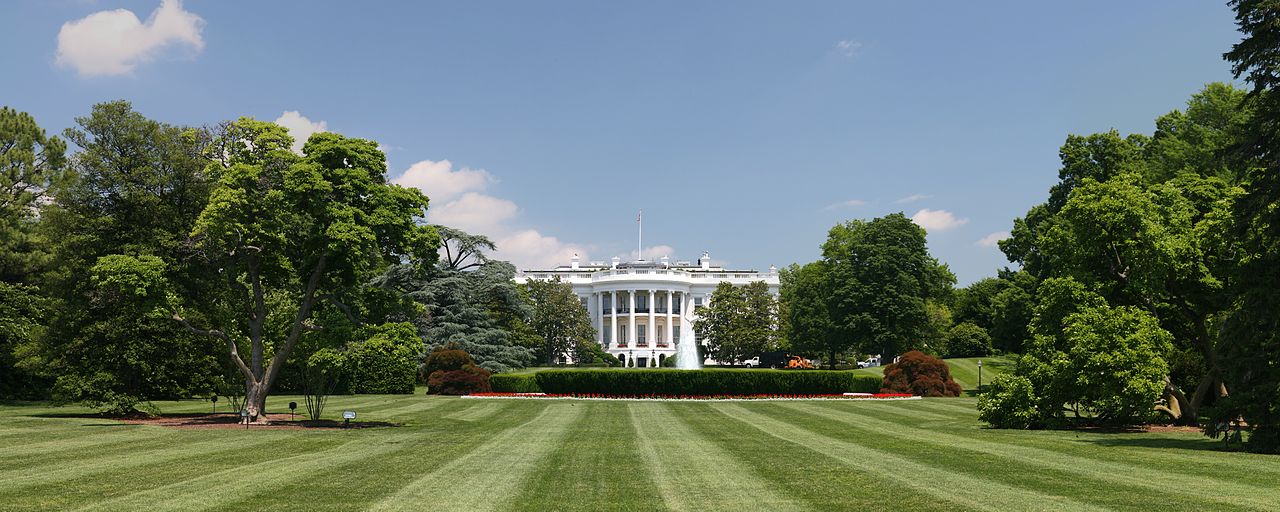If you attended middle school in the U.S. chances are you took a civics class and learned about our three distinct branches of government, the executive, the legislative and the judicial. I recall a phrase from those early lessons that the executive proposes and Congress disposes, meaning the President sets forth an agenda and it’s up to the Congress to determine the best path forward. The courts weigh in when necessary to determine the legality of legislative intent.
Our founders set up a series of checks and balances to ensure that one branch would not be able to misuse their power. Lately though we’ve been hearing a lot about executive actions, whether it’s former President Obama and his decision to issue pardons in his last days in office or President Trump who took up the pen and issued executive orders upon hours of being sworn in. How can the President, our chief executive, wield such power? The answer to that question is woven into Article II of the Constitution. In order to help us understand it all, the University of Washington Law School created a new course titled “Presidential Powers and Its Limitations.” The class filled up quickly but luckily we can follow the course reading online at: http://guides.lib.uw.edu/law/prespower
The class promises to be an interesting and timely lesson on the framework for the Executive branch and the role it plays with Congress and the Courts. I can’t wait to follow along. Join me on this journey and let me know what you’re learning.







